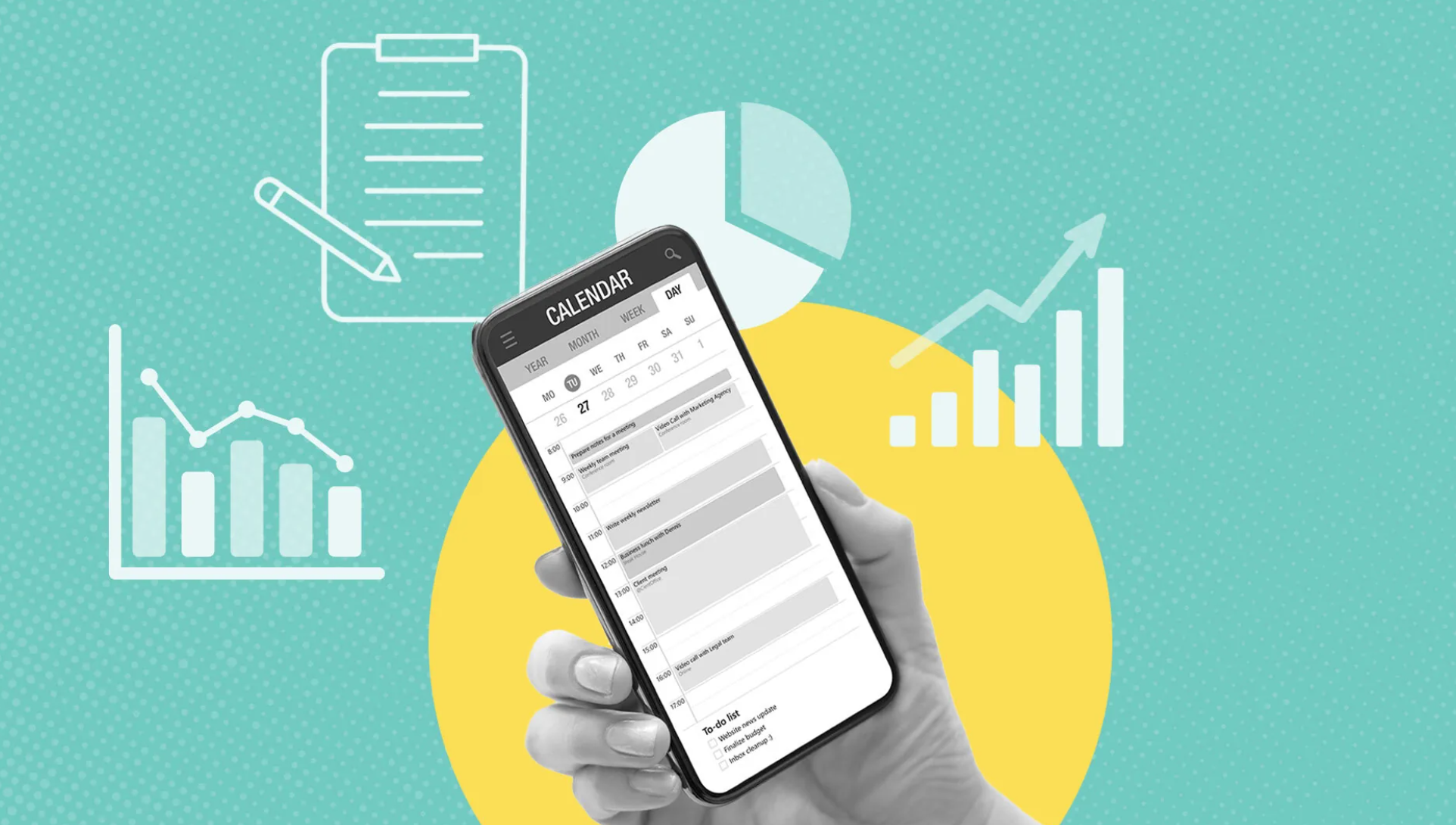Staying productive requires the right tools. Whether you’re managing tasks, collaborating with teams, or organizing your schedule, the right productivity tools can make all the difference. Below are the top 10 productivity tools you should consider using in 2025.
The following tools will help you or your organization stay productive in the year 2025
1. Notion
Notion is a versatile tool that combines note-taking, task management, and project tracking. Its customizable interface allows you to:
- Create dashboards tailored to your needs.
- Organize projects with Kanban boards, calendars, and lists.
- Collaborate with team members in real-time.
Why Use Notion? You can centralize your workflows and reduce the need for multiple apps. It’s perfect for individuals and teams who value flexibility.
2. Todoist
Todoist is a task management app designed to simplify your to-do lists. It helps you:
- Break tasks into smaller steps.
- Set deadlines and recurring reminders.
- Prioritize tasks with labels and filters.
Why Use Todoist? It’s easy to use, integrates with tools like Google Calendar, and keeps you on top of daily tasks.
3. Trello
Trello is a visual project management tool that uses boards, lists, and cards. It’s ideal for:
- Tracking team projects.
- Managing personal goals.
- Planning events or workflows.
Why Use Trello? Its drag-and-drop interface is simple and intuitive. You can also add power-ups like automation and integrations for enhanced functionality.
4. Slack
Slack is a communication platform that simplifies team collaboration. It allows you to:
- Create channels for different projects or topics.
- Share files and integrate with other tools.
- Conduct voice or video calls.
Why Use Slack? It reduces email clutter and streamlines team communication, making it easier to stay aligned.
5. Zoom
Zoom remains a go-to tool for virtual meetings. It offers:
- High-quality video and audio calls.
- Screen sharing for presentations.
- Breakout rooms for small group discussions.
Why Use Zoom? It’s reliable, user-friendly, and widely adopted across industries, making remote collaboration seamless.
6. Microsoft Teams
Microsoft Teams combines chat, meetings, and file sharing in one platform. It’s great for:
- Organizing team discussions.
- Storing and sharing documents.
- Scheduling meetings within Office 365.
Why Use Microsoft Teams? If you’re already using Microsoft Office, this tool integrates effortlessly into your workflow.
7. Asana
Asana helps you manage projects and track progress. Features include:
- Task assignments for team members.
- Project timelines to visualize deadlines.
- Workflow automation for repetitive tasks.
Why Use Asana? It keeps everyone accountable and ensures projects stay on track.
8. Google Workspace
Google Workspace is a suite of productivity apps that includes Gmail, Google Drive, Google Docs, and more. You can:
- Collaborate on documents in real-time.
- Store files securely in the cloud.
- Access your work from any device.
Why Use Google Workspace? Its integration across apps simplifies workflows, making it easier to collaborate and stay organized.
9. Evernote
Evernote is a powerful note-taking tool that helps you capture and organize ideas. Key features include:
- Web clipping to save articles or webpages.
- Templates for meeting notes and project plans.
- Searchable tags for easy navigation.
Why Use Evernote? It’s perfect for storing information, brainstorming, and keeping your thoughts in order.
10. ClickUp
ClickUp is an all-in-one productivity platform. It’s designed for:
- Managing tasks, documents, and goals.
- Customizing workflows with templates.
- Tracking time spent on activities.
Why Use ClickUp? It’s highly customizable and can replace multiple tools, helping you save time and money.
How to Choose the Right Tool
When selecting a productivity tool, consider these factors:
- Your goals: Do you need task management, team collaboration, or both?
- Ease of use: Pick tools with intuitive interfaces.
- Integration: Ensure compatibility with your existing tools.
- Scalability: Choose tools that can grow with your needs.
Final Thoughts
The right productivity tools can transform how you work. Experiment with the options above to find what fits your style and needs. Which tools will you try first?




Leave a Reply